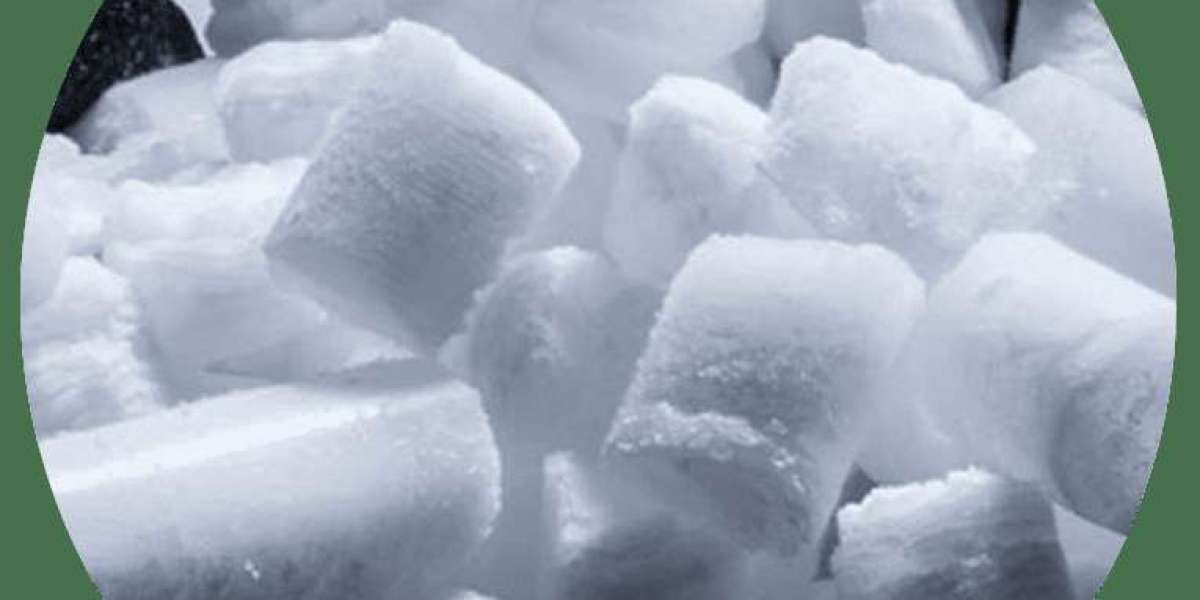The Science Behind Dry Ice Blasting Technology
Introduction
Dry ice blasting is a cutting-edge cleaning technique that has transformed a variety of industries, including food manufacture and processing and auto restoration. This novel method eliminates pollutants without producing secondary trash by using the sublimation qualities of solid carbon dioxide (CO₂). However, why is dry ice blasting so successful? The science underlying the procedure holds the answer.
This article explores the scientific underpinnings of dry ice blasting, including its advantages, how it operates, and why it is a better cleaning tool than conventional techniques.
Understanding Dry Ice: The Key Component
The solid form of the naturally occurring gas carbon dioxide (CO₂) is called dry ice. Compressing and chilling CO₂ till it solidifies at a temperature of -78.5°C (-109.3°F) is how it is made. Dry ice sublimates straight into a gas rather than melting into a liquid like water ice does.
since of its special quality, dry ice is the perfect cleaning medium since it gets rid of secondary waste and keeps delicate equipment from experiencing moisture-related problems.
How Dry Ice Blasting Works
Dry ice blasting technology operates on three core scientific principles: thermal shock, kinetic energy, and sublimation.
1. Thermal Shock Effect
When dry ice pellets are propelled at high speeds onto a contaminated surface, they rapidly cool the dirt, grease, or coating, causing it to contract and become brittle. This temperature-induced stress weakens the bond between the contaminant and the substrate, making it easier to remove.
2. Kinetic Energy Impact
Compressed air is used to accelerate the dry ice pellets, usually reaching up to 900 feet per second. Without harming the underlying material, the impact force causes the weaker pollutants to be dislodged as they hit the surface. Dry ice does not cause surface erosion since it is far softer than abrasive media like sand or glass beads.
3. Sublimation Process
Upon impact, the dry ice pellets instantly sublimate, turning from a solid directly into a gas. This rapid expansion (by nearly 800 times its solid volume) creates a micro-explosion at the surface level, further loosening debris and lifting contaminants away. Since there is no residue left behind, the process requires minimal cleanup compared to conventional cleaning methods.
Advantages of Dry Ice Blasting Technology
1. Non-Abrasive Cleaning
Unlike sandblasting or chemical cleaning, dry ice blasting does not wear down surfaces. This makes it ideal for delicate materials, such as electronic components, historic artifacts, and precision machinery.
2. Residue-Free & No Secondary Waste
Because dry ice sublimates upon impact, it does not leave behind secondary waste like water, sand, or chemical residues. This reduces cleanup time and eliminates the need for costly disposal procedures.
3. Safe for Electrical and Sensitive Equipment
Traditional cleaning methods using water or solvents can damage electrical components. Dry ice blasting is a dry process, making it safe for cleaning electrical panels, circuit boards, and industrial equipment without the risk of short circuits or corrosion.
4. Environmentally Friendly
Dry ice blasting uses recycled CO₂, meaning it does not contribute additional carbon emissions to the atmosphere. Additionally, since no harsh chemicals or solvents are used, the process is non-toxic and safe for operators.
5. Faster and More Efficient
Unlike manual scrubbing or chemical soaking, dry ice blasting can clean surfaces in a fraction of the time. It also eliminates the need for dismantling machinery, reducing downtime and increasing operational efficiency.
Applications of Dry Ice Blasting
Due to its versatility, dry ice blasting is used in a variety of industries, including:
1. Manufacturing & Industrial Equipment Maintenance
Dry ice blasting removes grease, oil, and carbon deposits from machinery, conveyor belts, and production equipment without damaging parts.
2. Automotive Restoration & Cleaning
In the automotive industry, dry ice blasting is used to remove undercoating, rust, and grime from vehicle components, preserving their original condition.
3. Food Processing & Pharmaceutical Industries
Since dry ice blasting does not use chemicals or water, it is widely used for cleaning food processing equipment, conveyor belts, and pharmaceutical production lines while maintaining hygiene standards.
4. Electrical & Power Generation Equipment
Power stations, transformers, and electronic control panels can be cleaned safely using dry ice blasting, reducing the risk of electrical failures due to dirt buildup.
5. Historical Restoration & Preservation
Dry ice blasting is a preferred method for cleaning monuments, sculptures, and historic buildings, as it removes dirt and pollutants without causing surface damage.
Why Dry Ice Blasting is Superior to Other Methods
Compared to Sandblasting
- Sandblasting is abrasive and can cause material loss.
- Dry ice blasting preserves the integrity of the surface while effectively cleaning it.
Compared to Chemical Cleaning
- Chemical solvents can be hazardous and require special disposal.
- Dry ice blasting is non-toxic and does not generate harmful waste.
Compared to Pressure Washing
- Pressure washing uses water, which can lead to corrosion and contamination.
- Dry ice blasting is a dry process, eliminating moisture-related risks.
Conclusion
Dry ice blasting is one of the most efficient and eco-friendly cleaning techniques available today because of the science underlying the technology. Utilizing sublimation, kinetic energy, and thermal shock, this cutting-edge method effectively eliminates impurities without resulting in waste or damage.
Dry ice blasting provides an excellent cleaning solution that is safe, effective, and environmentally friendly, whether it is utilized in food manufacturing, vehicle restoration, or industrial maintenance. Dry ice blasting will continue to be at the forefront of cutting-edge cleaning technologies as long as companies value efficiency and sustainability.



